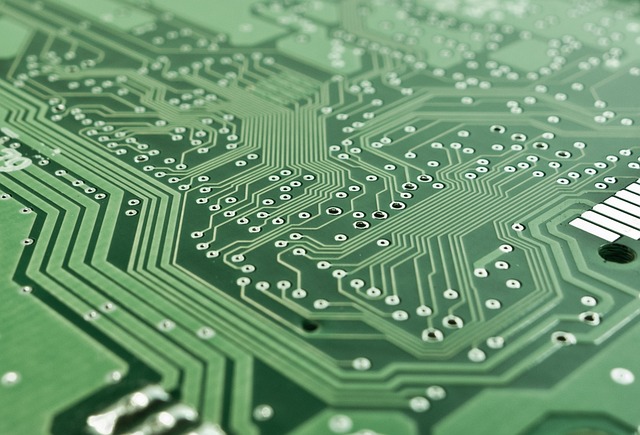In the vast landscape of Information and Communication Technology (ICT), networking plays a foundational role in enabling seamless connectivity, data sharing, and communication across diverse systems, devices, and users. From local area networks (LANs) to global internet infrastructures, networking in ICT encompasses a myriad of technologies, protocols, and architectures that power modern digital interactions. In this article, we embark on a journey to explore the significance of networking in ICT, its key components, evolving trends, and the impact of networking on the digital ecosystem.
Understanding Networking in ICT
-
Definition and Scope: Networking in ICT refers to the design, implementation, and management of interconnected systems, devices, and communication channels that facilitate data exchange, resource sharing, and collaboration within and across organizations, communities, and global networks.
-
Key Components: Networking encompasses a range of components, including hardware devices (routers, switches, modems), communication protocols (TCP/IP, HTTP, DNS), network topologies (LAN, WAN, MAN), network services (DNS, DHCP, VPN), and security mechanisms (firewalls, encryption).
-
Roles and Functions: Networking enables various functions in ICT, such as data transmission, resource sharing, internet access, cloud connectivity, real-time communication (VoIP, video conferencing), remote access, and network management.



